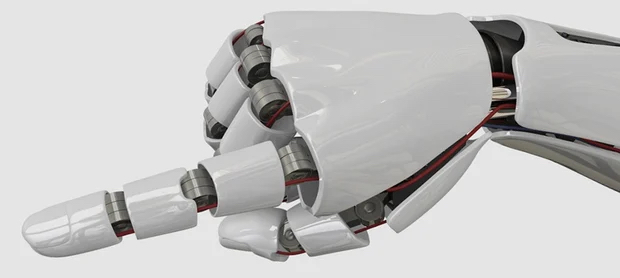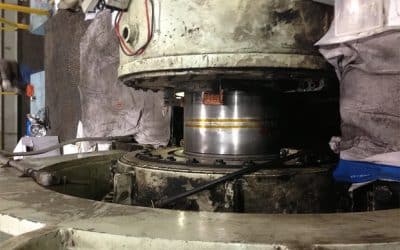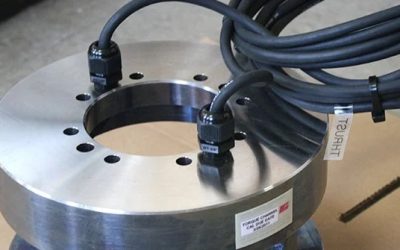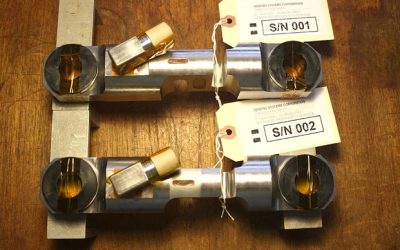The robot-driven world imagined by 1950s sci-fi masters is quickly turning into reality. In March 2016, Amazon hosted a top-secret robotics conference in Florida, which was not so subtly named MARS (Machine-Learning, Home Automation, Robotics and Space Exploration). The conference explored two of Jeff Bezos’ most diverse ambitions, dominating the home goods market and conquering the infinite mysteries of space.
According to one report, ‘one unnamed UCLA professor posted photos from the event that showed attendees making their own axes to split wood (for some reason), trying virtual-reality devices, and eating grapes and drinks served on tables set on top of Amazon’s Kiva robots.’
Today, robotics are revolutionizing a variety of fields, like improved automation techniques, shepherding over our troops, exploring the ocean depths, and taking selfies on Mars.
And whether the public realizes it or not, so many of these incredibly complex machines would be next to useless without high-quality strain gage based load cells of all kinds. Although strain gage sensors have been in use for 40 years, they remain a highly accurate tool for measuring a variety of forces in real time. High quality, well-calibrated load cells regularly achieve accuracies of around 0.03 to 1%.
How Load Cells Make Robots More Precise
There are two main ways of controlling a robot’s movements. First, a roboticist could give a machine a series of precise positioning measurements, using x-y-z coordinates. Of course, this method has its limits and fails to account for the complications of any real world environment. A roboticist could also program the machine to apply the movements and torque forces required for the task, based on measurements from the environment and real-time feedback.
For this to work, robots of all kinds require custom torque sensors and digital load cells positioned throughout their body. For instance, automation robots can be programmed for a series of exact movements, but robots cannot live on visual input alone. Without load cells and custom torque sensors measuring forces as they happen, these movements lack any practical precision. In a way, these measurement devices are the robot’s nervous system, sending the same tactile and strain feedback humans rely on when engaging in any physical activity.
Fortunately, as robotics have evolved, so have force measurement services. Today, many roboticists don’t just rely on custom torque sensors for their creations, but the latest multi-axis load cells. These measurement sensors allow us to measure multiple types of forces and movements using a single load cell, an incredible feature for a robot. By measuring forces along the x-y-z axis at the same time, custom multi-axis load cells are helping make robots more precise than ever before.
Plus, modern custom load cells are more durable than ever, standing up to the increasingly harsh environments we subject our robots to. In the past, hydraulic load cells were used in remote, harsh environments. Today, our custom load cells come with capacities ranging from 360,000 lbs.in to 3,000,000 lbs, all with NIST traceable calibrations. Plus, custom torque sensors can withstand temperatures of -452 degrees F to 450 degrees F, making them ideal for submersibles and space applications alike.




